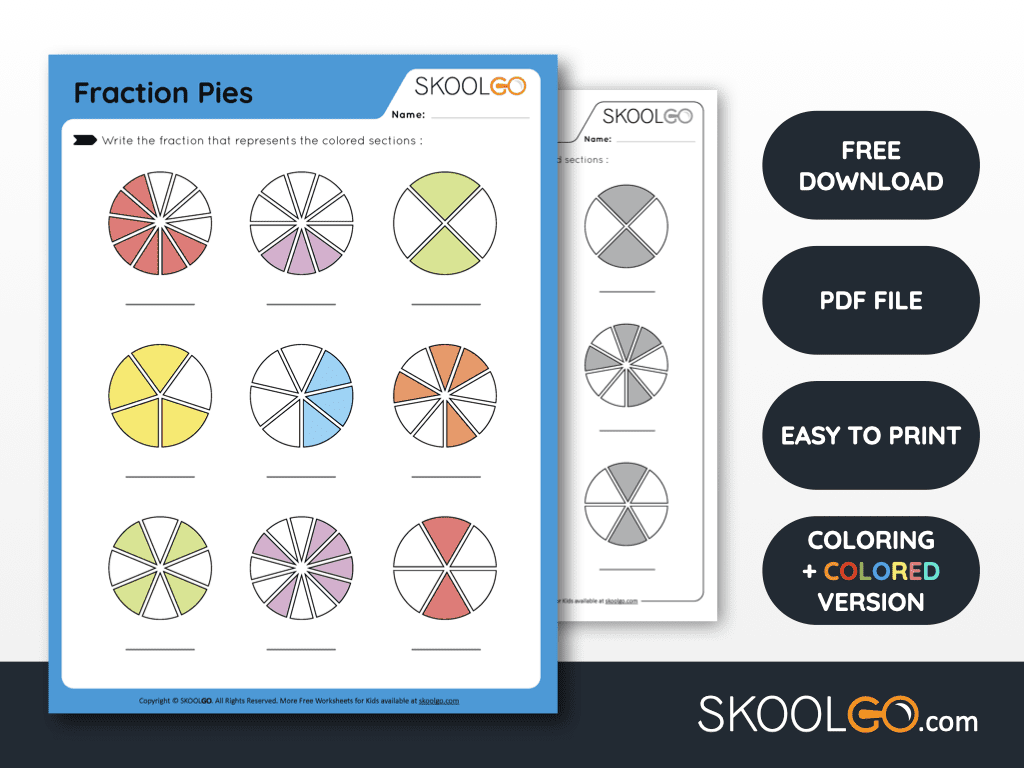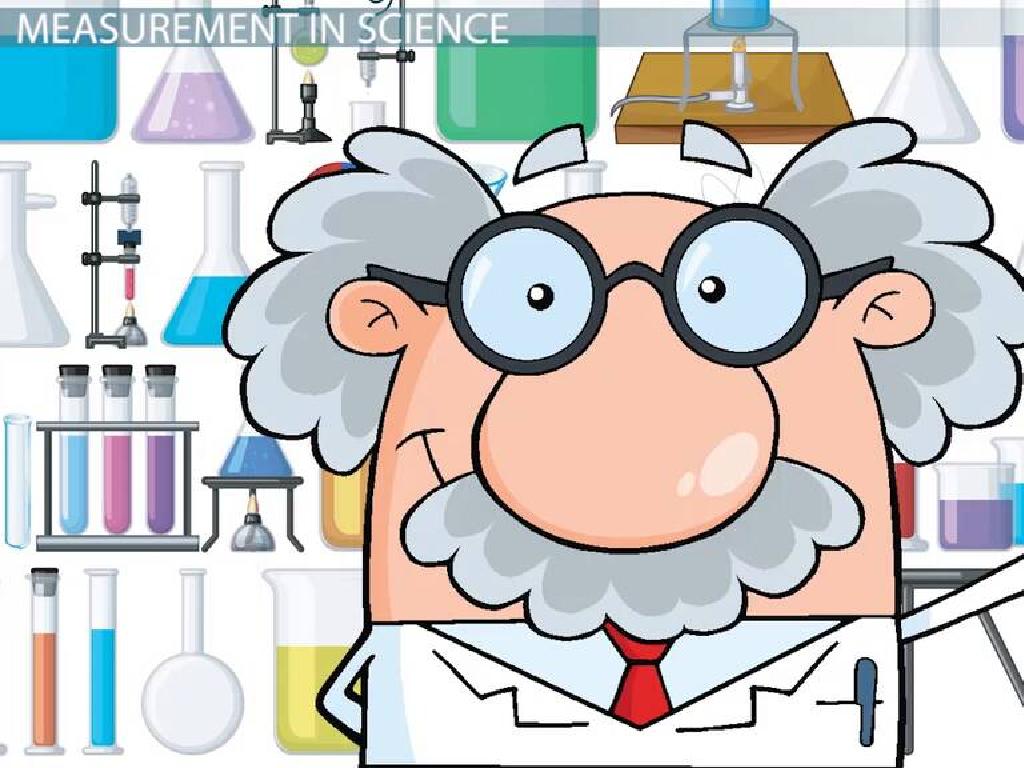Compare Properties Of Materials
Subject: Science
Grade: Second grade
Topic: Materials
Please LOG IN to download the presentation. Access is available to registered users only.
View More Content
Welcome to Materials Science!
– Learning about materials
– Materials in our world
– Materials are what objects are made from
– Composition of materials
– Materials are made up of different substances
– Exploring material properties
– We’ll discover what makes each material unique
|
This slide introduces the concept of materials science to second-grade students. Begin by explaining that everything they can touch is made of some material, whether it’s their toy, their desk, or their clothes. Materials can be wood, plastic, metal, glass, and more. Discuss the idea that materials are composed of different substances and have different properties that make them suitable for various uses. Encourage students to think about the materials they interact with daily and what properties these materials have. This will set the foundation for understanding how the properties of materials affect their use in everyday life.
Exploring Materials Around Us
– Everything is made of materials
– Materials consist of atoms
– Atoms are tiny particles you can’t see
– Common materials: Wood, Plastic
– Examples: Wooden chair, plastic toy
– More materials: Metal, Glass, Fabric
– Examples: Metal spoon, glass window, cotton shirt
|
This slide introduces the concept of materials to second-grade students. Begin by explaining that everything they can touch is made out of materials. Materials are what objects are made from and they have different properties. Introduce the idea that materials are made up of even smaller parts called atoms, which are too small to see. Provide relatable examples of materials such as wood, plastic, metal, glass, and fabric, and point out objects in the classroom made from these materials. Encourage the students to think of other objects and what materials they might be made from. This will help them understand the diversity of materials in their environment.
Exploring Material Properties
– What are properties?
– Properties are qualities like color and shape
– Examples: Color, Shape, Texture
– Size and flexibility are also properties
– Why properties matter?
– They help us choose the right material for a task
– Observing properties in class
– We’ll look at different objects and discuss their properties
|
This slide introduces the concept of properties of materials to second-grade students. Begin by explaining that properties are the special qualities or characteristics that something has. Use simple examples like the color of a crayon, the shape of a block, the texture of fabric, or the size of a ball to illustrate the point. Discuss why understanding these properties is important – for example, why we use certain materials for specific purposes, like glass for windows because it’s transparent. Encourage the students to think about the flexibility of materials, such as rubber versus metal. Plan an interactive activity where students can touch and observe different objects to identify their properties, fostering engagement and practical understanding.
Comparing Properties of Materials
– Ways to differentiate materials
– Look at color, shape, texture, and size
– Comparing material properties
– Hardness, flexibility, and weight differences
– Examining examples
– Compare paper, plastic, metal, and wood
– Understanding material uses
– Why do we use different materials for different things?
|
This slide introduces the concept of material properties and how they can be compared to tell materials apart. Encourage the students to think about everyday objects and the materials they are made from. Discuss how the color, shape, texture, and size can give us clues about what the material is. Then, delve deeper into properties like hardness, flexibility, and weight, and how these affect the use of the material in real life. Use common examples like paper, plastic, metal, and wood to illustrate these properties. Finally, lead a discussion on why certain materials are chosen for specific purposes, such as metal for building because of its strength or plastic for toys because it’s lightweight and durable. This will help students understand the practical applications of material properties in the world around them.
Hard vs Soft Materials
– Hard materials example: rock
– Soft materials example: sponge
– Think of more hard and soft items
– Examples: Hard – diamond, Soft – cotton
– Discuss why materials differ
– Materials have different properties for different uses
|
This slide introduces the concept of comparing the hardness of different materials. Start by explaining that materials can be identified by their properties, such as being hard or soft. Use a rock as an example of a hard material and a sponge as an example of a soft material. Encourage the students to think of other examples of hard and soft materials they encounter in their daily lives. This can include items like toys, furniture, or playground equipment. Discuss with the class why some materials are hard and others are soft, and how the properties of materials make them suitable for different uses or functions. For instance, why are rocks hard and what do we use them for? Why are sponges soft and how does that help us clean? This will help students understand the practical applications of material properties.
Heavy vs Light: Comparing Materials
– Bowling ball vs feather
– A bowling ball is heavy, a feather is light
– Think: Why are they different?
– Talk with a classmate
– Share your thoughts with a friend
– Share your ideas with the class
– We’ll discuss our thoughts as a group
|
This slide introduces the concept of weight by comparing a heavy object (bowling ball) to a light object (feather). Encourage the students to think about the reasons behind the difference in weight. Is it the size, material, or something else? Have them discuss their ideas with a classmate to promote collaborative learning. After the discussion, invite students to share their thoughts with the class to understand the variety of perspectives and explanations. This activity will help them grasp the concept of comparing properties of materials in a tangible way.
Transparent vs Opaque Materials
– Transparent materials: light passes through
– Clear glass or water are transparent
– Opaque materials: block light
– Wood or metal are opaque
– Examples of transparent items
– Examples of opaque items
|
This slide introduces the concepts of transparency and opacity in materials, which is a part of understanding the properties of materials. Transparent materials, like clear glass or water, allow light to pass through, making objects on the other side visible. Opaque materials, such as wood or metal, do not allow light to pass through, hence you cannot see through them. Ask students to identify and bring examples of transparent and opaque materials from home. This will help them apply the concepts learned in class to real-world objects, reinforcing their understanding of the properties of materials. Encourage them to think about why certain materials are used for specific purposes based on their properties.
Waterproof vs Water-absorbent Materials
– What are waterproof materials?
– Materials that do not allow water to pass through.
– What are water-absorbent materials?
– Materials that soak up or absorb water.
– Why materials matter for umbrellas
Umbrellas need to be waterproof to keep us dry.
– Why materials matter for towels
Towels need to be water-absorbent to dry us off.
|
This slide aims to help students understand the difference between waterproof and water-absorbent materials. Waterproof materials, such as those used in umbrellas, are essential for preventing water from passing through, thus keeping us dry in the rain. On the other hand, water-absorbent materials, like those used in towels, are designed to soak up water, making them ideal for drying our bodies after a bath or a swim. Discuss with the students why these properties are important and how they affect the function of everyday objects. Encourage them to think of other examples of waterproof and water-absorbent materials and why those properties are useful.
Class Activity: Material Hunt
– Explore the classroom on a material hunt
– Identify materials of found objects
– Discuss material suitability for objects
– Why is glass used for windows? Why are benches made of wood?
– Share discoveries with the class
|
This activity is designed to help students understand the properties of materials by exploring their everyday environment. Provide guidance on how to examine objects and determine the materials they are made from, such as wood, plastic, metal, or glass. Encourage them to think about the properties that make a material suitable for a particular use, like hardness, flexibility, or transparency. Possible activities: 1) Find a wooden object and discuss its properties. 2) Look for a metal object and explore its characteristics. 3) Identify a plastic item and discuss why plastic was chosen for it. 4) Have students find a glass object and talk about why glass is suitable for its purpose. After the hunt, have students share their findings with the class, fostering a discussion on material properties and their applications.
Wrapping Up: Material Properties
– Recap of material properties
– Importance of different properties
– Different properties make materials useful for specific tasks.
– Sharing our material hunt findings
– Each student shares one interesting item they found.
– Understanding material uses
– How the properties of materials affect their function.
|
As we conclude today’s lesson, we’ll review the key properties of materials we’ve learned, such as hardness, flexibility, and transparency. Understanding these properties helps us choose the right material for different uses, like using transparent glass for windows to let light in. We’ll also reflect on why different properties are important for specific purposes, like why rubber is used for tires due to its grip and durability. Finally, each student will have the opportunity to share one thing they discovered during our material hunt activity, fostering a collaborative learning environment. This discussion will help solidify their understanding of how the properties of materials play a crucial role in our everyday lives.






